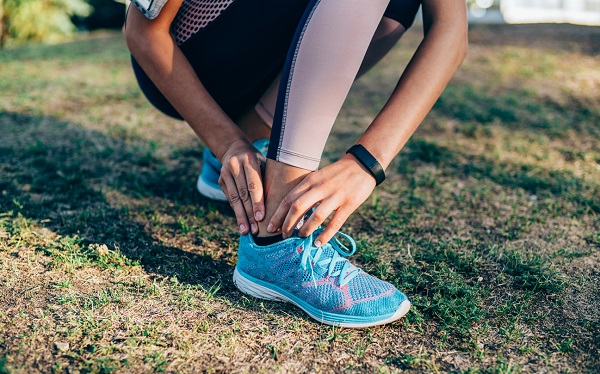-
How to
- Starting from the four-legged downward dog position, engage one buttock muscle and lift that leg behind you.
- Reach the knee to the ceiling for a short-lever variation, or extend the knee also, so your body forms an inverted ‘Y’ shape.
- The real challenge is controlling the transition from a reverse plank, via a rotation or pivoting motion. With one leg in the air we get a slight rotation through the pelvis, which biases the medial hamstrings on the supporting leg to elongate, while the adductors and hip flexors on the elevated leg lengthen.
Tips
You will find one leg harder to lift or less coordinated than the other. It is tempting to practice your preferred leg more than the non-preferred, but it’s beneficial to aim for symmetry in the body. This allows for forces to be distributed evenly through the limbs and torso and reduce the risk of injury.
Stretch out your whole body with the be. Stretching Guide.
Three-Legged Dog

-
Stretches for gym enthusiasts
8 stretches to help you cool down from workouts
-
Stretches for office workers
Stretch out your back and relieve stress
-
Stretches for runners
Stretch your legs, hips and back after a long run
-
How to walk 10,000 steps
Discover how to easily reach your goal of 10,000 steps daily.
-
Everything you need to know about parkrun
Been wondering what a parkrun looks like? Where do you go? What do you do? How do you sign up? Find out here.
-
Five ways to exercise when on a budget
You don’t need to spend money on gym memberships just to meet your fitness goals. Here are five free ways to stay healthy and active when you’re living on a budget.
Subscribe to receive the best from Live Better every week. Healthy recipes, exercise tips and activities, offers and promotions – everything to help you eat, move and feel better.
By clicking sign up I understand and agree to Medibank's privacy policy





